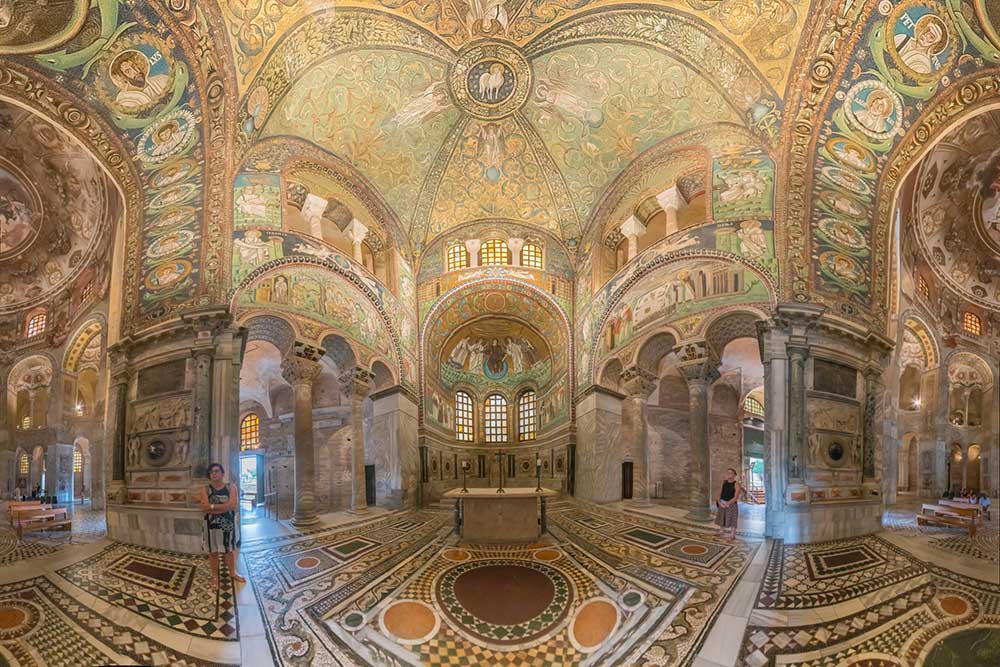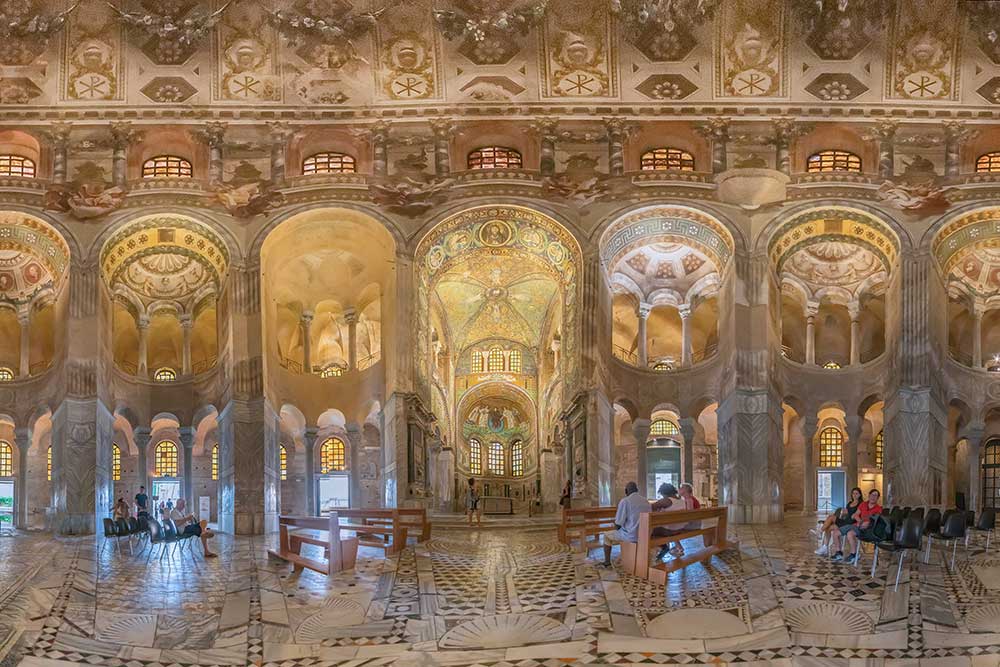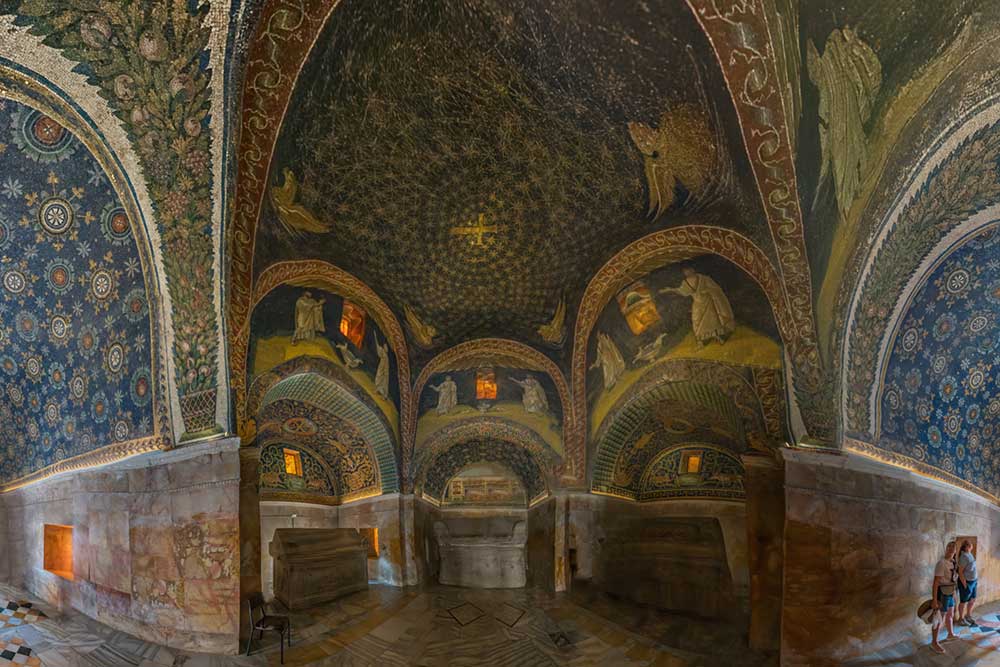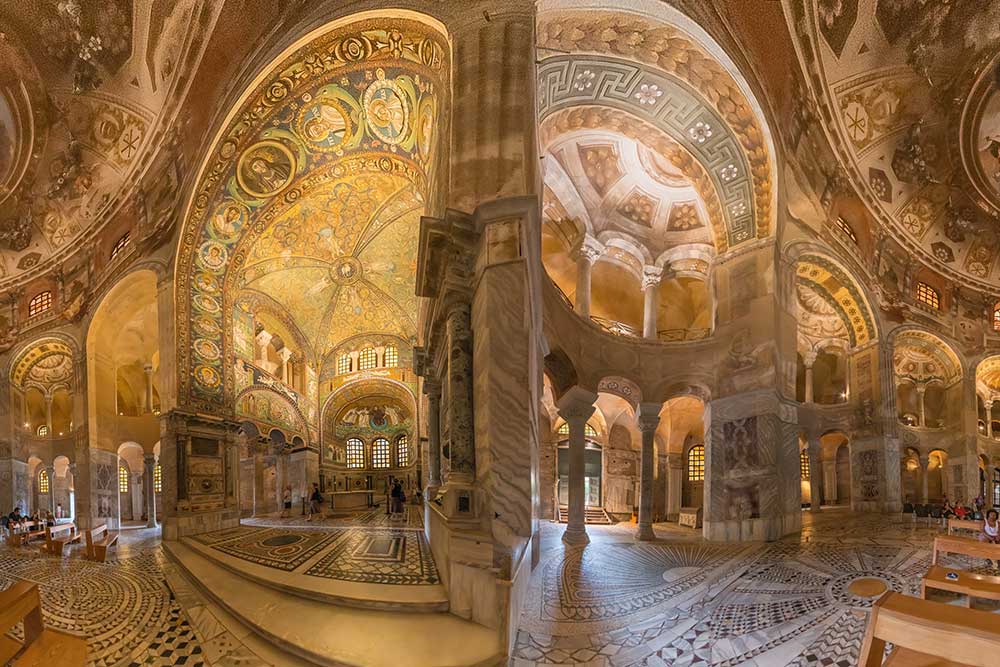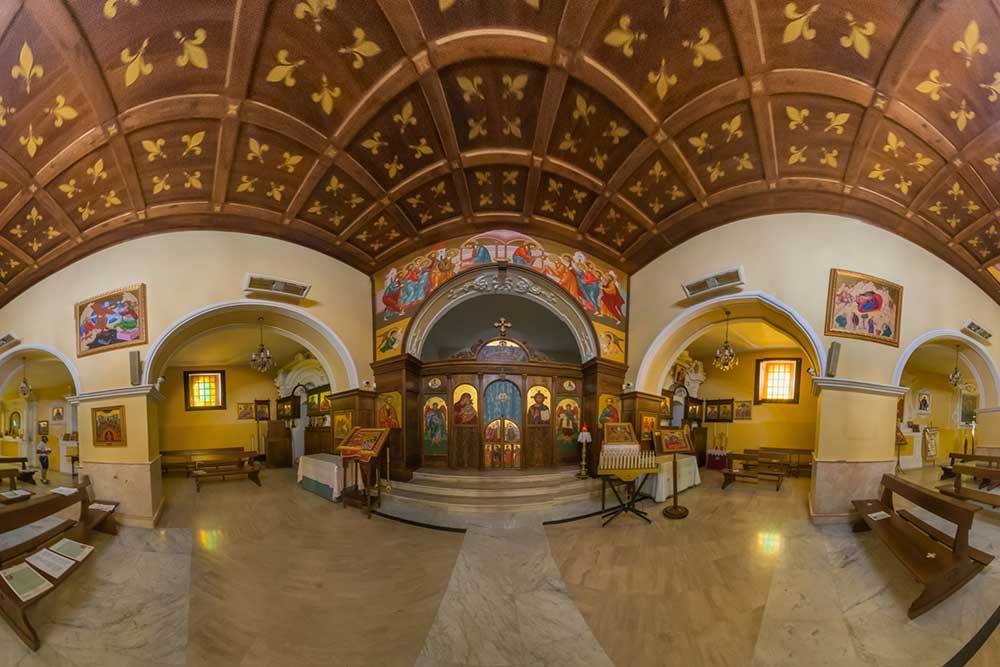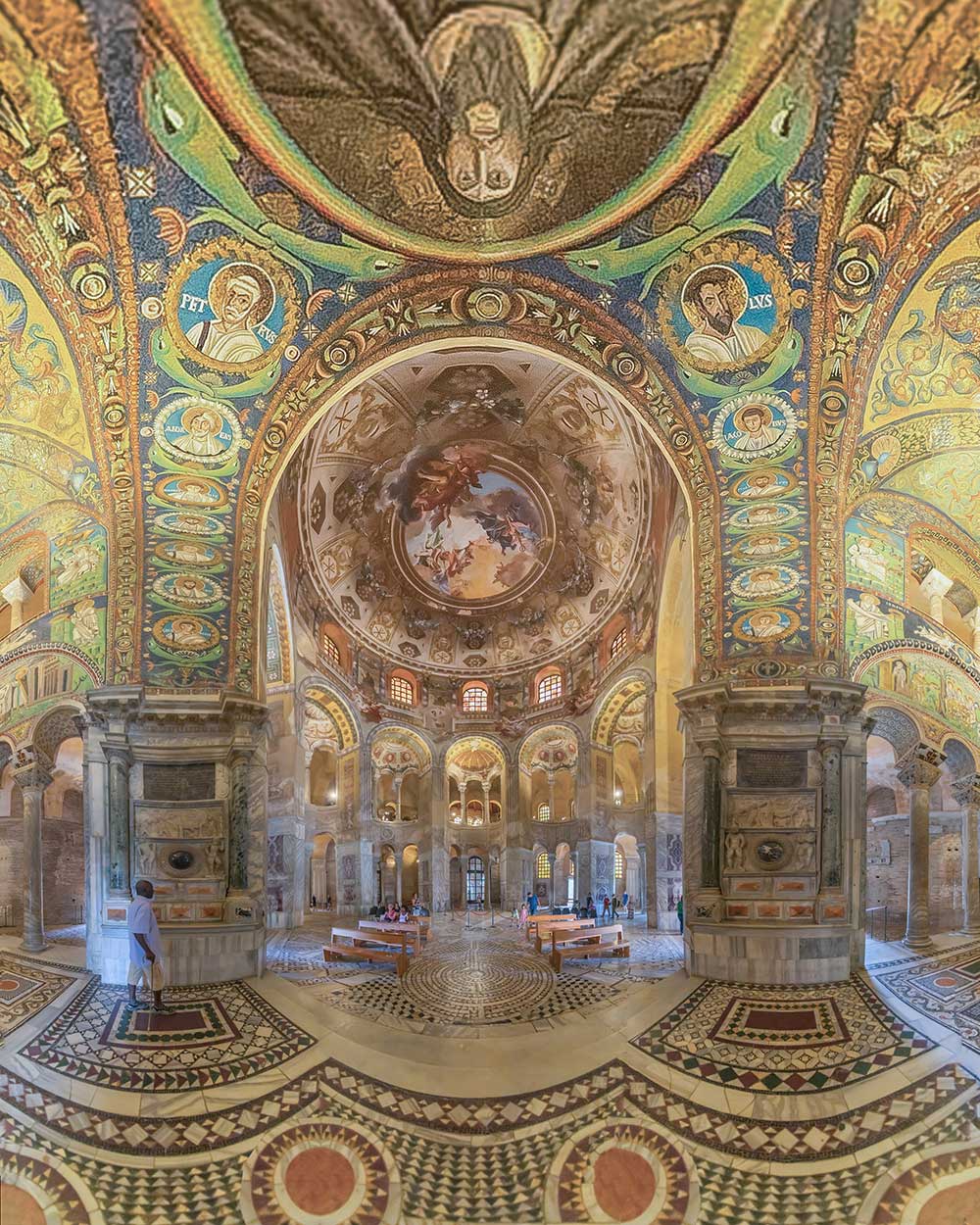I did not know or at least I had never thought about it, but there is an incredible and surprising connection between the world-famous mosaics of Ravenna and the arbëresh of San Paolo Albanese, a very small village in Basilicata, completely unknown to tourists who visit the Italy.
The surprising connection is because in both places there are Byzantine vestiges; in both places you can breathe the voices, sounds and stories of the same place so far away and which dates back to the times of the fall of the Roman Empire, the splendor of the Eastern Roman Empire and the Ottoman Empire.
Personal Geography
I am Italian but for more than twenty years I have lived in the Basque Country, which welcomed me with open arms and heart, so much so that I felt at home and with a very great sense of belonging. My mother, eighty-seven, lives in Basilicata, the Italian region where my roots lie. The farther you go with the years, the stronger you feel the relationship with your roots, especially if you have such an elderly mother. For this reason, whenever I can, I go to see her and take advantage of the trip to make, as I say, “micro-trips” to discover corners of Basilicata that I do not know. When you are young (I left Basilicata at the age of 19 to study at Pisa University) you are attracted above all by what is metropolitan, so I left Basilicata with ignorance of its History, customs, traditions and culture. Only with time you appreciate the slowness and the hidden beauty, and this allowed me to take a journey back in time and space, visiting many places of my region and cultivating curiosity for what happened there.
This summer, after two years of limited movement and travel and before going “to my mother”, I took the opportunity to visit some “old” friends I have scattered throughout the Italian geography. Yes, because before arriving in the Basque Country, I lived in Pisa and Ivrea (close to Italian Alpes) and in both cases, I lived in a beautiful context of multi-cultural and multi-geographical persons, so now I find myself with friends grouped in different Geographical “constellations”. So, this summer we went to Ivrea, to the Iseo lake, in Treviso, in Istria, in Ravenna and to Marche.
Ravenna
Ravenna is a beautiful city where the glories of bygone eras are still evident. Its mosaics have made the town famous around the world but it is good to know its history at least minimally. It was founded in the 5th century BC. from some fugitives who found in that tangle of marshes and islets (where the Po, the largest Italian river flows), a safe shelter against the Celtic tribes that raged in those areas. The city was annexed to the Roman Empire centuries later and the emperor Augustus had a port built there which housed the imperial fleet destined for military expeditions to the East. When the Roman Empire was showing the first signs of collapse, Ravenna became the capital of the Western Roman Empire. What happened during the collapse of the Roman Empire is something very, very complicated to explain which, moreover, does not deepen enough in Italian schools (it is not easy to admit defeat after so many centuries of domination of the then known world).
The fact is that in 494 A.D. Ravenna became the capital of the Ostrogothic kingdom of Theodoric during which some of the artistic-mosaic masterpieces that we can still enjoy today were built: Sant’Apollinare Nuovo and the Mausoleum of Gallia Placida.
Another moment of great pomp for Ravenna occurred during the reign of Justinian (the last emperor of the Eastern Roman Empire) who made this city the stronghold of Roman-Eastern power in Italy (545 AD after winning the bloody “War Gothic” fought against the Ostrogoths). In the Justinian era the synthesis between the artistic traditions of East and West came to maturity, and in particular between Roman and Syriac-Eastern art, giving life to a deeply original style that finds all its splendor in Ravenna in the churches of San Vitale and Sant’Apollinare in Classe. Sculptures, ivories, reliquaries and columns were commissioned from the highly refined workshops of Constantinople. Among the highest achievements of Justinian’s artists are Justinian and his court and Theodora and her entourage, two absolute masterpieces of mosaic art. Executed in the sixth century and placed one in front of the other in the church of San Vitale in Ravenna.
San Paolo Albanese
San Paolo Albanese is a very small (219 inhabitants) village in Basilicata located at 843m in the Pollino National Park (the largest protected area in Europe). It was founded by Albanian colonists in the sixteenth century, to escape the Turkish domination and thanks to the concession made by King Charles V to settle in the territory of the Kingdom of Naples to reward them for the military aid received. They were entire families who brought household goods, affections, memories, needs and human values and who inhabited and worked the new, very hard land, continuing to sprout lives, hopes, activities and culture, maintaining very close relationships with other refugees, even if inhabitants of distant territories.
The Catholic church of San Rocco di San Paolo Albanese, of the Greek-Byzantine rite, is the living testimony of this diversity that enriches and that arbëresh people has been able / had to integrate into the culture of the place that welcomed them. A peculiarity is that although the church is of the Greek-Byzantine rite, its structure is not that typical of the Orthodox church but has aisles and side altars. Another peculiarity is that in the Greek-Byzantine rite the presence of statues of saints is not contemplated (only of icons) but in San Paolo Albanese there are processions with statues.
Conclusion
Connections have always existed, and they are everywhere. However, those that are found almost by chance in wandering between geography and history thanks (as happened in my case) to the personal need to find friends for some time not seen, I consider them as an unexpected gift that life makes us. It is for this reason that I wanted to talk about it here in Dodho, a visual arts platform that allows me to freely express my point of view through words and images. It is like the closing of an emotional circle that connects history, my life, my friends and two wonderful people like María and Maxim, who tenaciously carry on their project and offer visibility to artists and people like me.
Photosatriani
I am a curious of life with idealistic tendencies and a fighter. I believe that shadows are the necessary contrast to enhance the light. I am a lover of nature, of silence and of the inner beauty. The history of my visual creations is quite silent publicly but very rich personally, illuminated by a series of satisfactions and recognitions, such as: gold and silver winner in MUSE Awards 2023; Commended and Highly Commended in IGPOTY 2022/19/18, honorable mention in Pollux Award 2019; selected for Descubrimientos PhotoEspaña (2014), Photosaloon in Torino Fotografia (1995) and in VIPHOTO (2014). Winner of Fotonostrum AI Visual Awards 2024. Group exhibitions in: Atlántica Colectivas FotoNoviembre 2015/13; selected for the Popular Participation section GetxoPhoto 2022/20/15. Exhibitions in ”PhotoVernissage (San Petersburgo, 2012); DeARTE 2012/13 (Medinaceli); Taverna de los Mundos (Bilbao); selected works in ArtDoc, Dodho, 1X. A set of my images belongs to the funds of Tecnalia company in Bilbao, to the collection of the "Isla de Tenerife" Photography Center and to the Medicos sin Fronteras collection in Madrid. Collaborator and interviewer for Dodho platform and in Sineresi magazine [Website]



